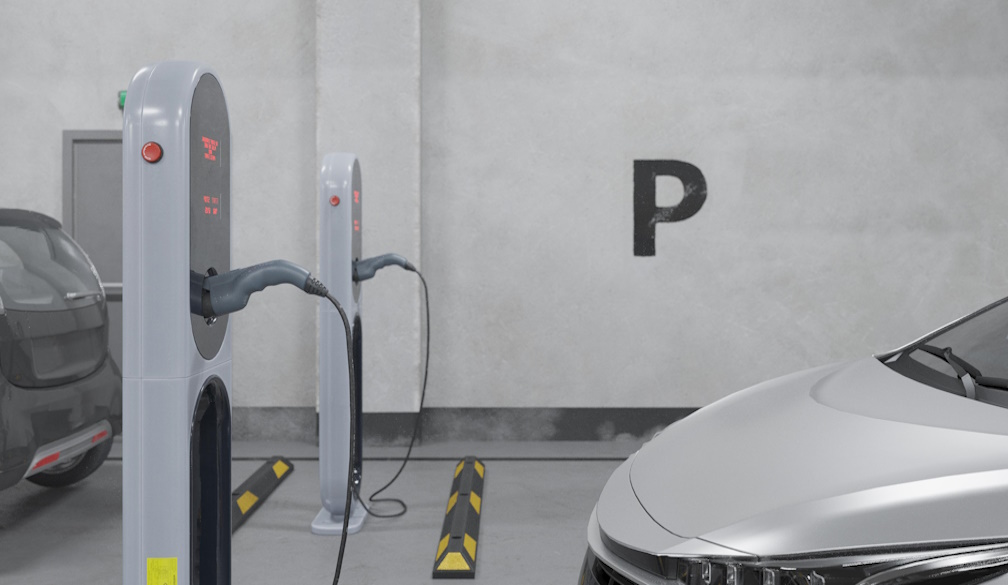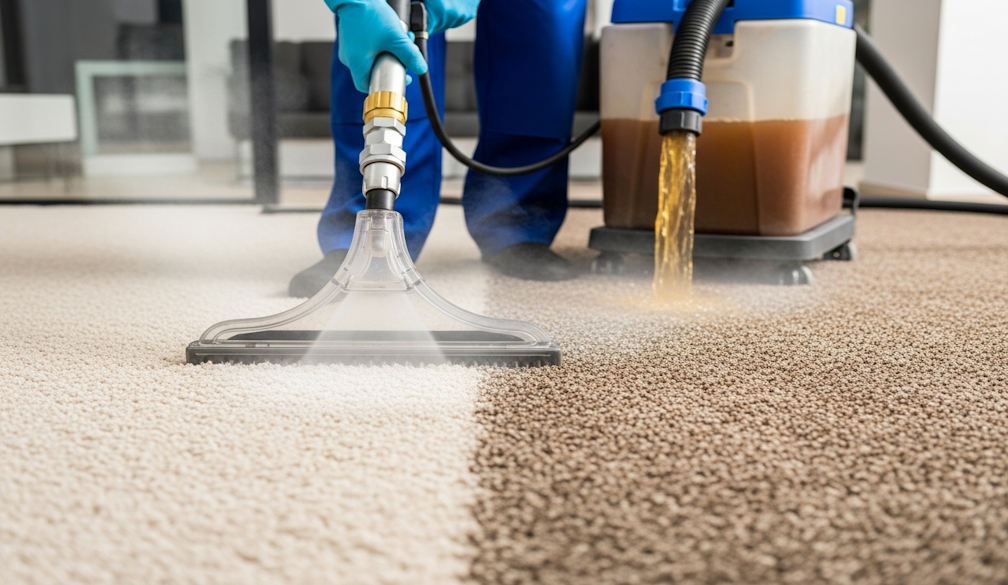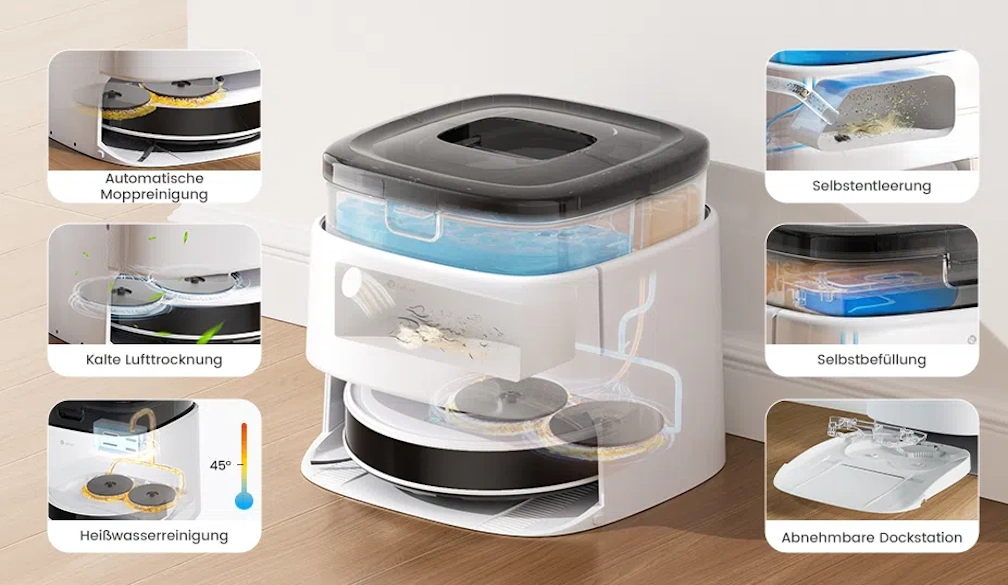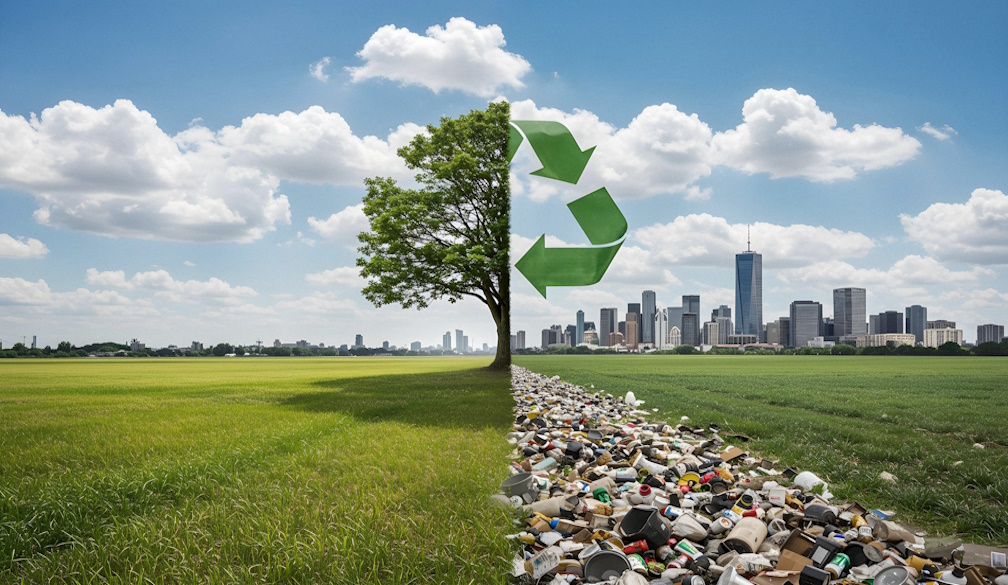Labor still struggling in polls as Newspoll tied
- Written by Adrian Beaumont, Election Analyst (Psephologist) at The Conversation; and Honorary Associate, School of Mathematics and Statistics, The University of Melbourne
A national Newspoll[1], conducted August 5–9 from a sample of 1,266, had Labor and the Coalition tied at 50–50, a one-point gain for the Coalition since the last Newspoll, three weeks ago. Primary votes were 39% Coalition (up one), 32% Labor (down one), 12% Greens (down one), 6% One Nation (steady) and 11% for all Others (up one).
Anthony Albanese’s net approval was down one point to -8, with 51% dissatisfied (steady) and 43% satisfied (down one). Peter Dutton’s net approval was down two points to -10. Albanese led Dutton as better PM by an unchanged 46–39.
The graph below shows Albanese’s net approval in Newspoll. The data points are marked with plus signs and a smoothed line has been fitted. Albanese’s ratings remain stuck in negative territory.
This is the third Newspoll this term that has had a tie on two-party preferred, and other polls are also not good for Labor. Labor is likely to struggle as long as voters remain worried about the cost of living and inflation. Labor will hope there are interest rate cuts before the next election that is due by May 2025.
Resolve poll would have Labor just ahead
A national Resolve poll[2] for Nine newspapers, conducted August 7–11 from a sample of 1,607, gave the Coalition 37% of the primary vote (down one since July), Labor 29% (up one), the Greens 13% (steady), One Nation 6% (steady), the UAP 2% (up one), independents 10% (down one) and others 4% (up two).
Resolve doesn’t usually give a two-party estimate, but this poll would be about 51–49 to Labor by 2022 election preference flows, a one-point gain for Labor since July.
Albanese’s net approval[3] improved four points[4] to a still bad -17, with 51% giving him a poor rating and 34% a good rating. Dutton’s net approval improved three points to +3. Dutton retained a one-point lead as preferred PM, leading Albanese by 36–35 (35–34 in July).
On keeping the cost of living low, the Liberals led Labor by 34–23, a widening from a 31–24 Liberal lead in July. This is currently the most important issue. On economic management, the Liberals led by 40–23 (40–24 in July).
In additional questions[5] from the previous Resolve poll, voters trusted the police by 69–13, but by 47–30 they did not have faith in the courts and justice system.
Morgan poll: 51.5–48.5 to Labor
A national Morgan poll[6], conducted July 29 to August 4 from a sample of 1,655, gave Labor a 51.5–48.5 lead, a one-point gain for Labor since the July 22–28 Morgan poll.
Primary votes were 37% Coalition (down 0.5), 30.5% Labor (steady), 12% Greens (down one), 5.5% One Nation (down one), 10% independents (up 1.5) and 5% others (up one).
Usually there has been a gap in the Coalition’s favour between respondent allocated preferences (the headline figure) and preference flows based on the 2022 election. In this poll, the results were identical, with the previous election method giving Labor a 51.5–48.5 lead, a 0.5-point gain for Labor.
Victorian Redbridge poll: Labor slumps to a 50–50 tie
A Victorian Redbridge poll[7], conducted from July 23 to August 1 from a sample of 1,514, had Labor and the Coalition tied at 50–50, a five-point gain for the Coalition since a Redbridge poll[8] that was conducted in February and May. Primary votes were 40% Coalition (up two), 31% Labor (down four), 12% Greens (down two) and 17% for all Others (up four).
A Victorian Resolve poll[9] that was conducted in June and July was close to tied on its two-party measure. Past Victorian Redbridge polls have had Labor well ahead, unlike Resolve.
In other Victorian news, the parliamentary Electoral Matters Committee[10] has recommended scrapping group ticket voting for the upper house, which can allow parties with minuscule vote shares to be elected. Victoria is now the only Australian jurisdiction that still uses group voting tickets.
The committee has recommended replacing group voting tickets with a system similar to the federal Senate. Voters would be instructed to number at least five boxes above the line, though only one would be required for a formal vote. There has not yet been a response from the government to the committee’s recommendations.
NT election: August 24
The Northern Territory election will be held on August 24. There are 25 single-member electorates. Labor has governed since it won the 2016 NT election[11]. The Poll Bludger[12] had a preview on August 4 that included a Freshwater poll that was released in May for Australian Energy Producers NT.
This poll gave the Country Liberal Party (CLP) a 54–46 lead over Labor, from primary votes of 39% CLP, 29% Labor, 9% Greens and 22% independents. ABC election analyst Antony Green’s estimate of the 2020 two-party result was 53.3–46.7 to Labor, so this poll would represent a 7% swing to the CLP.
There will be 80 candidates at this election, down from 111 in 2020, for an average of 3.2 candidates per seat. Green said this[13] is the lowest number of candidates since 2008. The CLP is contesting all 25 seats, Labor 24, the Greens 11 and there are 20 independent candidates.
References
- ^ national Newspoll (www.theaustralian.com.au)
- ^ Resolve poll (www.theage.com.au)
- ^ net approval (www.smh.com.au)
- ^ four points (theconversation.com)
- ^ additional questions (www.theage.com.au)
- ^ national Morgan poll (www.roymorgan.com)
- ^ Redbridge poll (redbridgegroup.com.au)
- ^ Redbridge poll (redbridgegroup.com.au)
- ^ Victorian Resolve poll (theconversation.com)
- ^ Electoral Matters Committee (www.parliament.vic.gov.au)
- ^ 2016 NT election (en.wikipedia.org)
- ^ Poll Bludger (www.pollbludger.net)
- ^ Green said this (antonygreen.com.au)
Read more https://theconversation.com/labor-still-struggling-in-polls-as-newspoll-tied-236235













